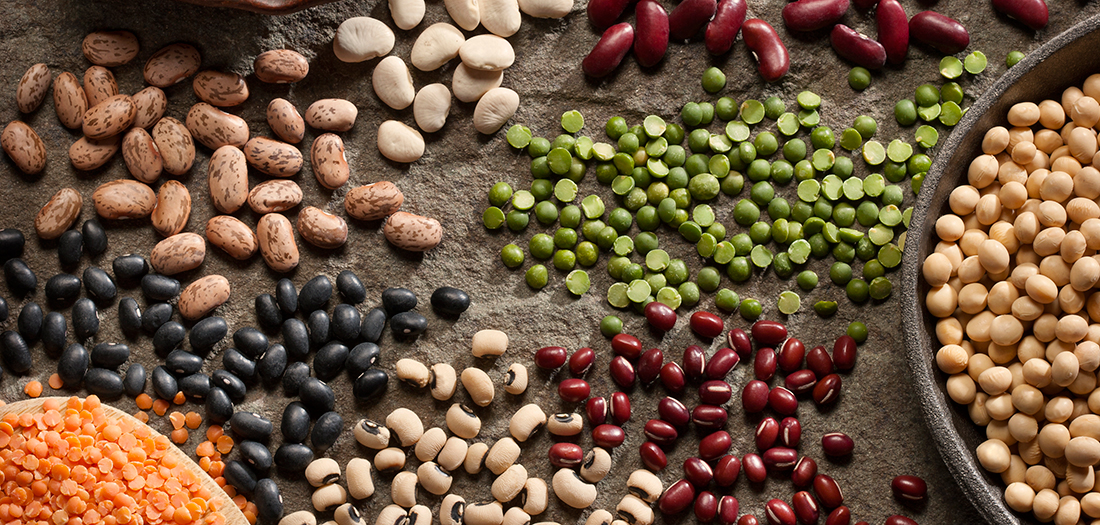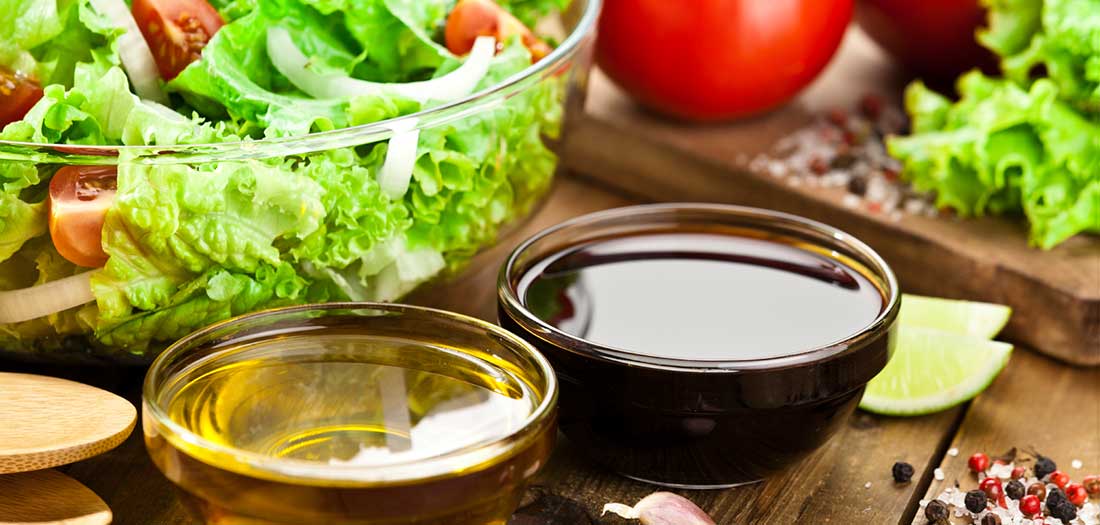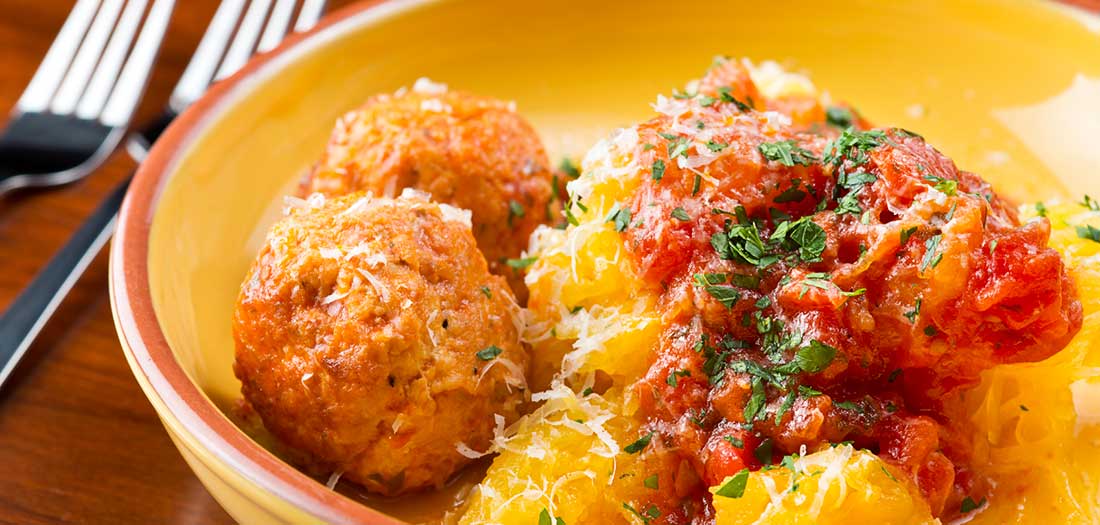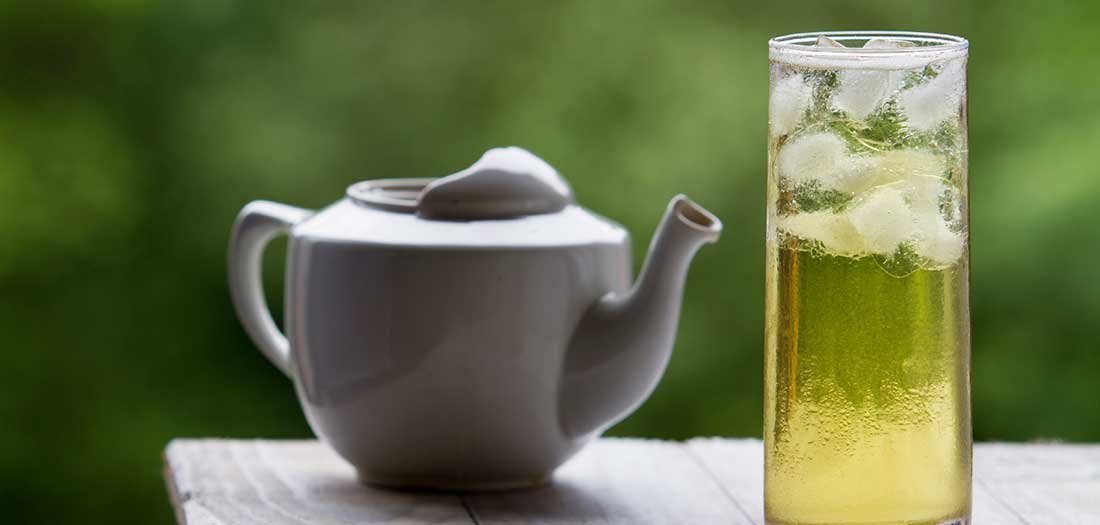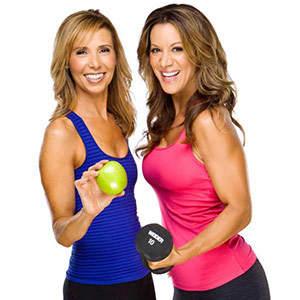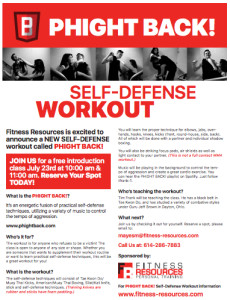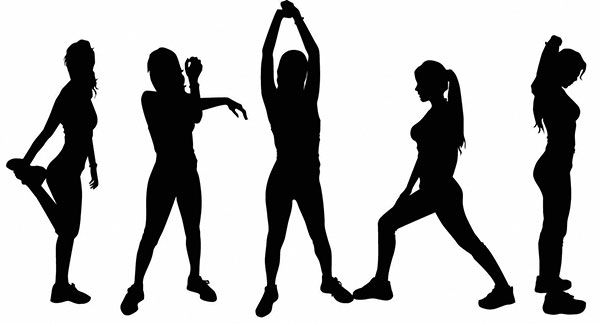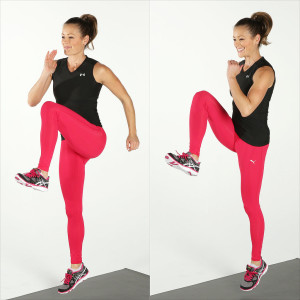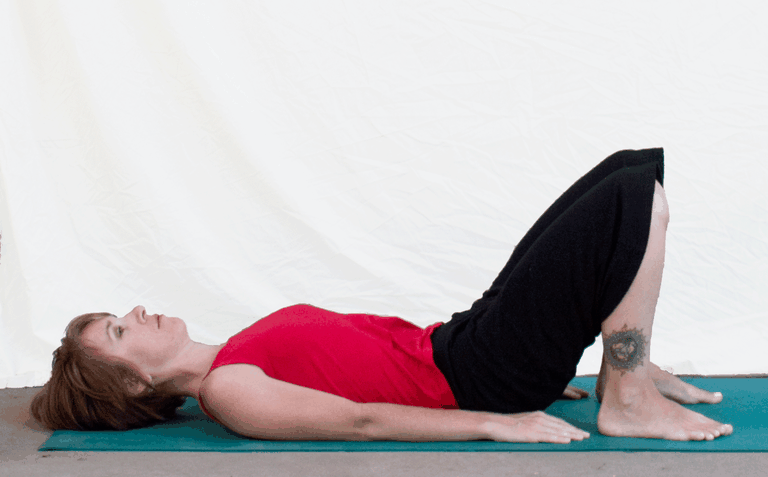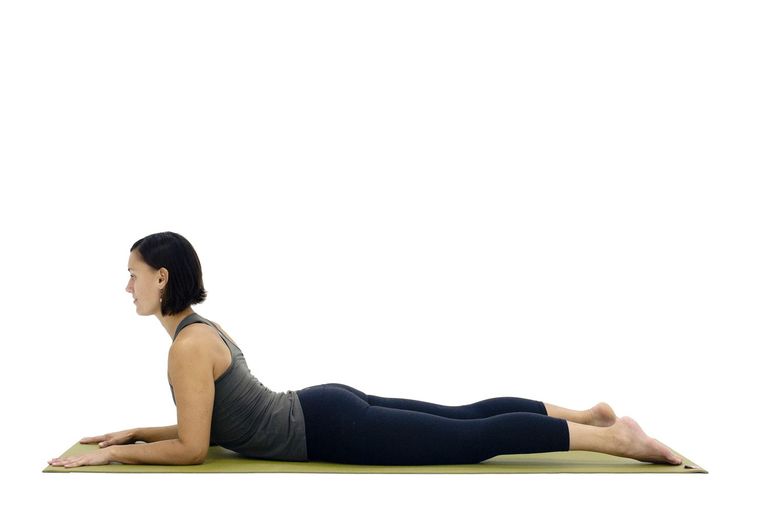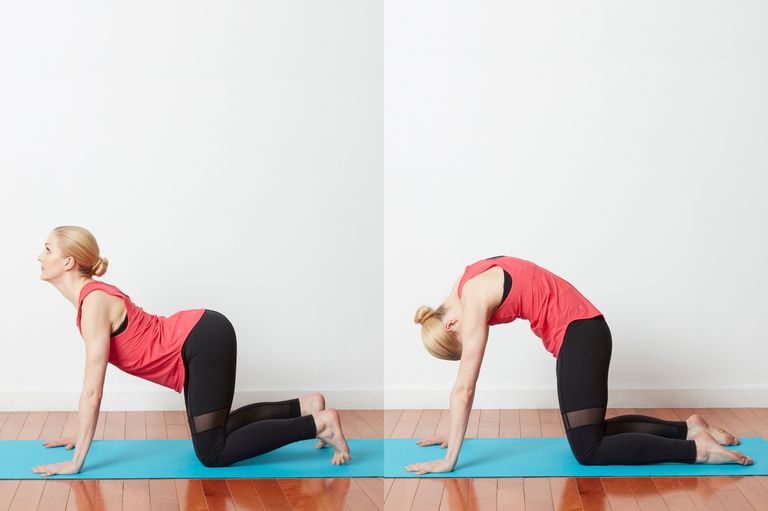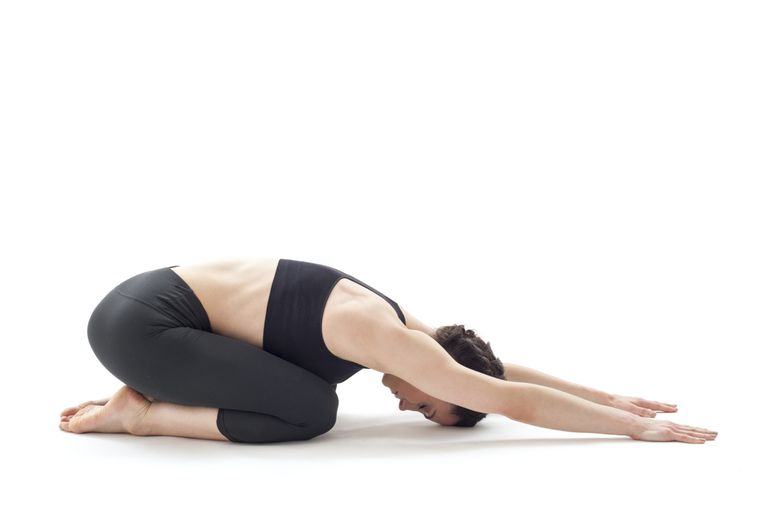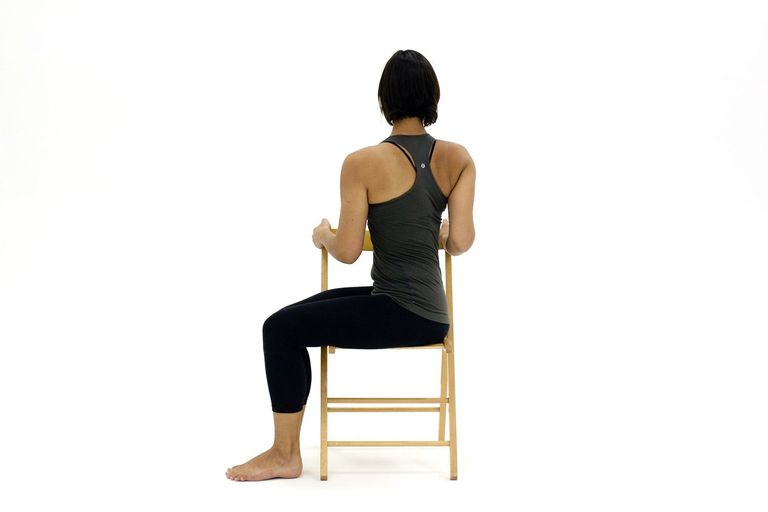How to hit the grocery store with health in mind
Healthy food doesn’t just magically show up at your house. You’ve got to shop for it, and with the overwhelming number of choices available in today’s grocery stores, this can be challenging. Here are seven tips on how to fill your cart with the good stuff.
1. Shop the Perimeter
If you’ve heard one grocery store rule, it’s probably this: shop the perimeter. The reasoning behind this trick is that the middle aisles house the junk. The perimeter of the grocery store is where you are more likely to encounter whole, real foods like produce, lean protein and healthy dairy options.
But don’t give up on all aisle-based options. Low sodium canned beans, seasonings to spice up your meals, and healthy grains and cereals can all be found in the central aisles. Just make sure to read all packaged food labels so you know what you’re putting into your body; and generally, linger longer in the perimeter of the store.
2. Don’t Bulk up on Bulk
Bulk foods are great if you really need to buy in bulk. But most people are buying for an average of two to four people. Buying in bulk can give you a false sense of frugality. If you bring too much of one food into your home, chances are you’ll end up tossing some of it. Shy away from bulk foods unless you’re certain they’re your best bet.
3. Avoid the Endcaps

Food companies pay premium prices to catch your eye. You know those captivating displays at the end of each aisle? They’re called endcaps. And when was the last time an endcap featured a truly healthy food you absolutely had to have?
Endcaps tend to display new packaged and processed items that are light on nutrients and heavy on added fats and sugars. The story may be different if you’re at an exclusive health foods store, but endcaps are best left alone at your typical grocery store.
4. Do Not Leave Home Without a List
If you’re the meal planner in your household, you know the importance of a making a grocery store list. Showing up at the store and winging it can cause you to purchase items you don’t need. A grocery list can be your best friend when you’re shopping for healthy foods. Stick to the list like it’s your job to help you avoid items that don’t deserve a space in your cart.
5. If You Can’t Pronounce It, Don’t Buy It
It’s inevitable that you’ll have to buy some sort of packaged foods if you want to achieve balance and variety in your weekly meal plan. But one way to avoid the worst of the worst of grocery store offerings is to carefully scrutinize ingredient lists.
Ingredients are listed on food labels in order by weight. The higher up on the ingredient list an item is the greater percentage it constitutes. If a food is packed up top with a litany of ingredients you can’t pronounce, chances are it shouldn’t be going into your mouth. This may seem time consuming at first, but as you identify foods with clean ingredient lists, you’ll add them to your regular routine and bypass the garbage with grace.
6. Carefully Consider Organics

In a perfect world we would all eat organic. But organic isn’t an option for everyone, or for every type of food. Some organic foods are prohibitively expensive, while others may have been shipped from halfway around the world. Many organic foods are just highly processed, seemingly more healthful iterations of traditional junk food. Remember—an organic cookie is still a cookie.
Although organic produce has been grown without genetic modification, fertilizers, chemical pesticides, herbicides or irradiation, organic fruits and vegetables may not be significantly more nutritious than their conventionally grown counterparts. The amount of vitamin C in an organic strawberry is relatively similar to that of a non-organic one. You can do your part for the environment by purchasing organic, but don’t ditch conventional produce if you can’t afford or access organics.
7. Know That “Natural” Means Nothing
Food manufacturers love to prey the general population’s misunderstanding of the word “natural.” While this word conjures up images of health and virtue, the term “natural” on a food label actually means nothing. There is no widely accepted standard for use of this word. You can have the most highly processed, not nutritious, glorified candy bar and it can bear the label, “natural.” Keep in mind that if you’re reading the word “natural” on a label, that label is on a package, and that packaged food is just that—packaged and not all that natural.


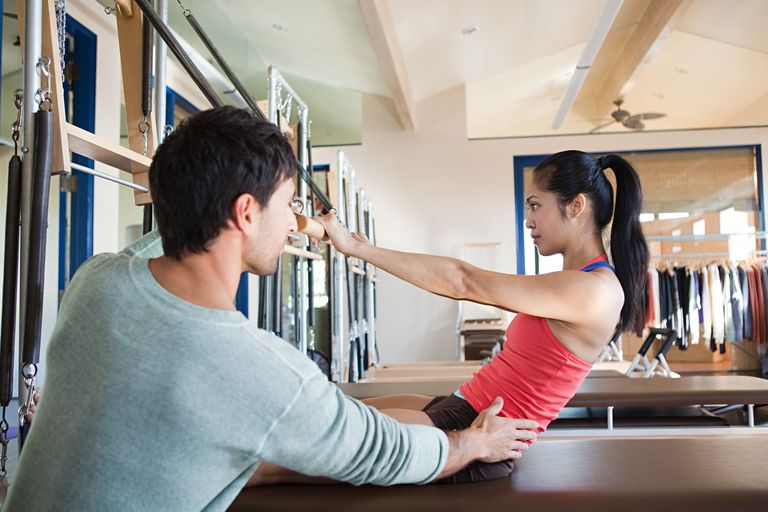
/about/GettyImages-506148764-5702cd385f9b581408a7e69d.jpg)
/about/foamrollercalf-57323bf15f9b58723d27b1cb.jpg)
/about/foamrollerquads-57323c6c3df78c6bb071b035.jpg)


